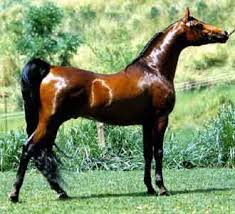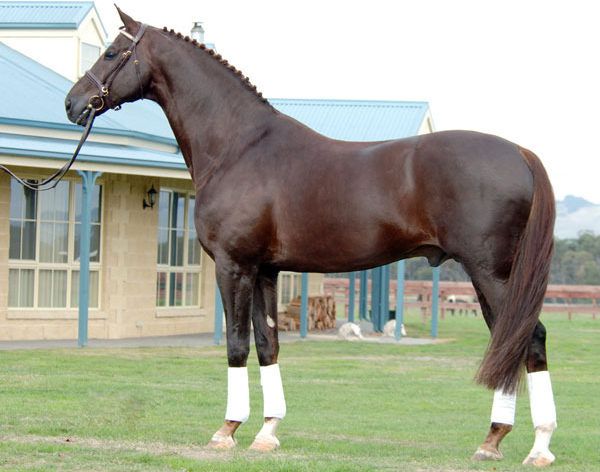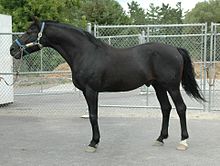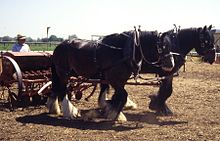photo
Oldenburg horse: characteristics, history and characteristics of the breed
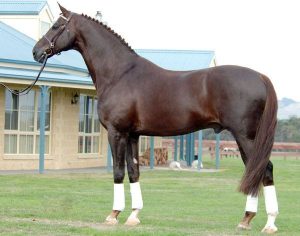 Oldenburg breed of horses
Oldenburg breed of horses
The breed was brought to the river in Oldenburg in the eighteenth century and has since been greatly improved; today it is representatives who take part in all European festivities and ceremonies. These horses have a distinctive beauty of soft, gentle nature, and they cope with almost any job in the farm.
Oldenburg horse: characteristics, history and features of the breed Oldenburg horse: characteristics, history and features of the breed
Stallion of Oldenburg breed of white suit Continue reading
OSSETIAN ROCK HORSE (part 4)
 The high level of development of horse breeding among the Alans is evidenced by archeological data and written sources. Thus, an excellent Alanian horse is reported by an anonymous Armenian author of the 9th century (according to other sources – the 11th century), referred to by some researchers as the Pseudo-Shapuh Bagratuni. In his work, he presents Alanya as a country in which there are many “noble horses” [7, p. 76]. Probably, noble horses are understood as purebred Alanian riding horses, distinguished by purity of blood and superior to other breeds by a combination of qualities necessary for a good riding horse.
The high level of development of horse breeding among the Alans is evidenced by archeological data and written sources. Thus, an excellent Alanian horse is reported by an anonymous Armenian author of the 9th century (according to other sources – the 11th century), referred to by some researchers as the Pseudo-Shapuh Bagratuni. In his work, he presents Alanya as a country in which there are many “noble horses” [7, p. 76]. Probably, noble horses are understood as purebred Alanian riding horses, distinguished by purity of blood and superior to other breeds by a combination of qualities necessary for a good riding horse.
Seljuk Sultans, who captured vast territories in the Middle East during the pre-Mongol period, were true admirers and deep connoisseurs of riding horses. Of all the known horse breeds, they usually chose between horses brought from Hungary or the Caucasus. Eastern authors call Caucasian horses “Tavlinsky” [4, p. 56]. Continue reading
Oryol breed – the pride of Russian horse breeding (part 2)
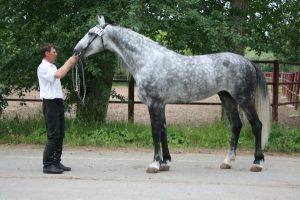 How did the breed
How did the breed
The first breeder of these horses, as mentioned above, was the notorious Count Alexei Orlov-Chesmensky. When he had already resigned, he began to devote all his time to breeding work. Starting from 1775, the count travels to the countries of Europe and Asia, acquiring horses of all kinds in them. In fact, the history of the Oryol trotters dates back to the distant 1776, when the count bought for a fantastic amount and brought back to his homeland a stallion with hot Arab blood flowing in his veins – Smetanka horse. Every horse lover can see a photo of this handsome man today and appreciate all his virtues. Continue reading
